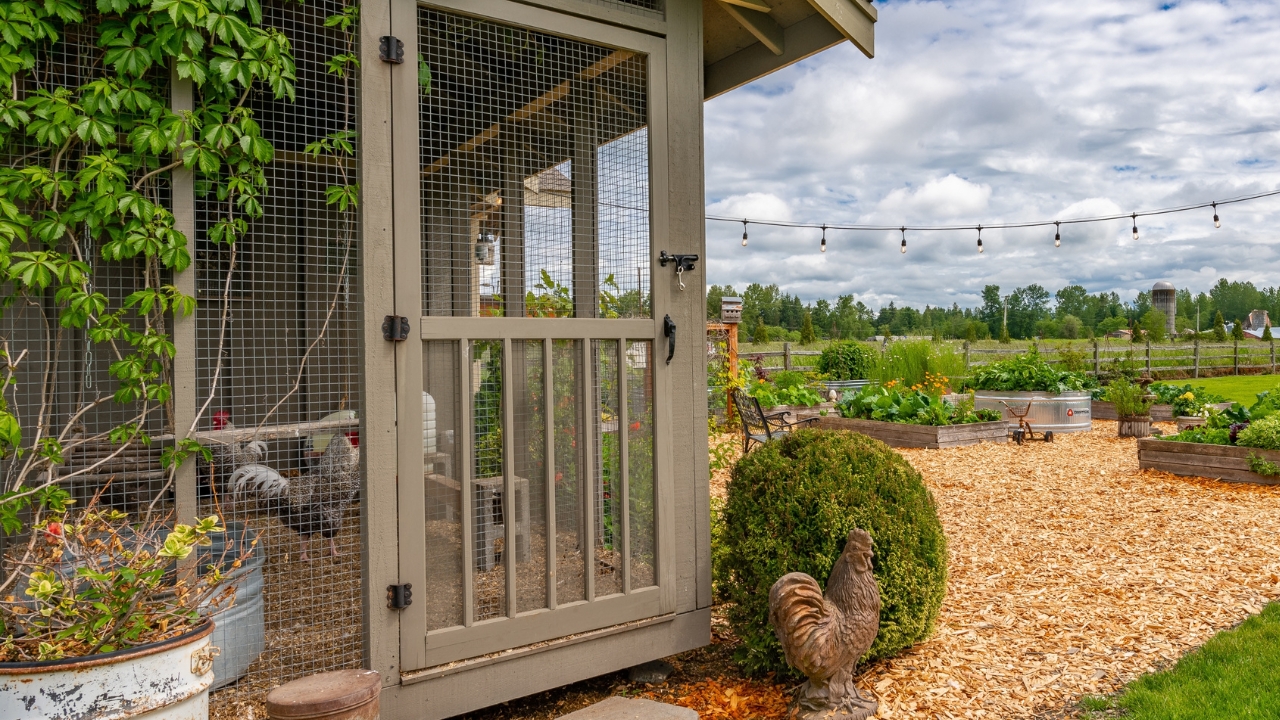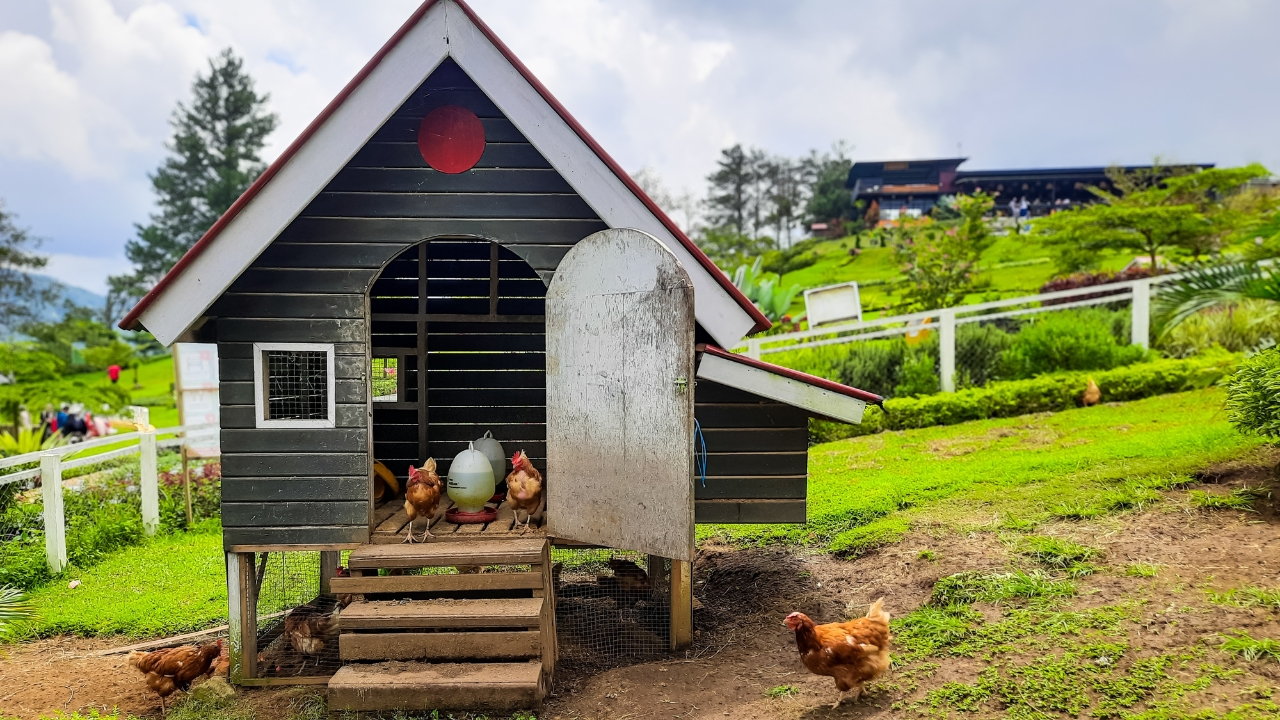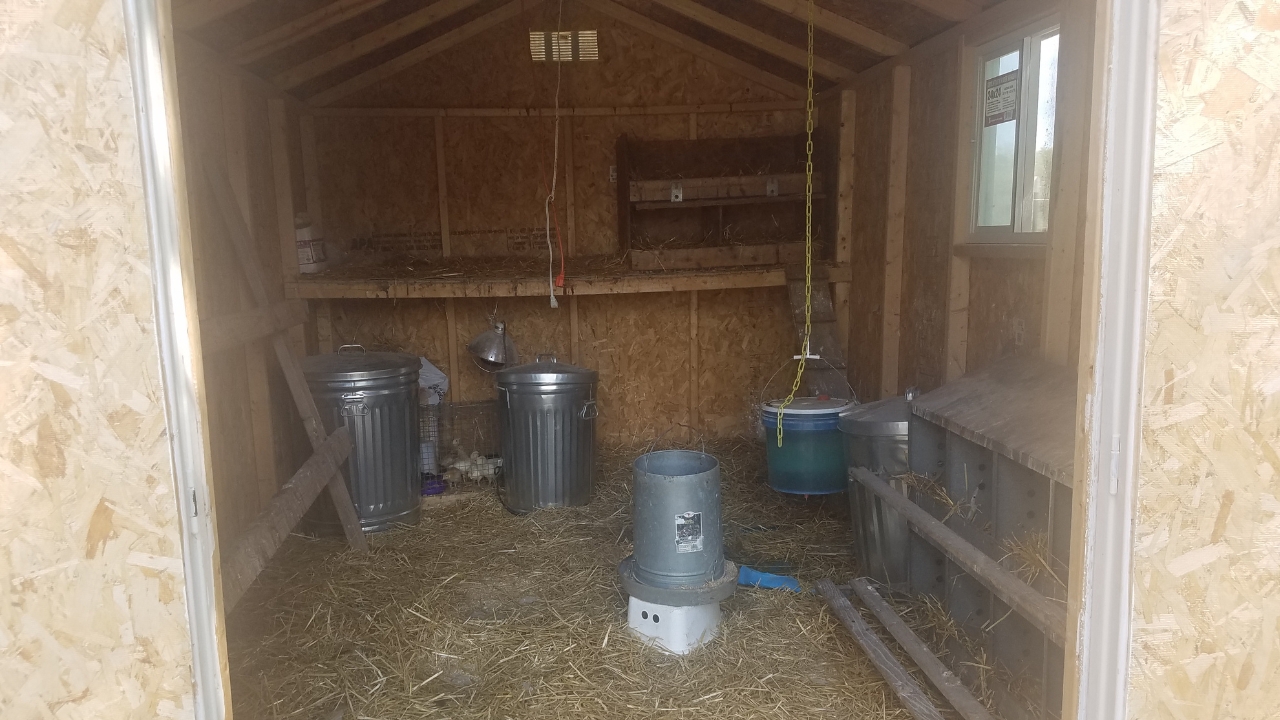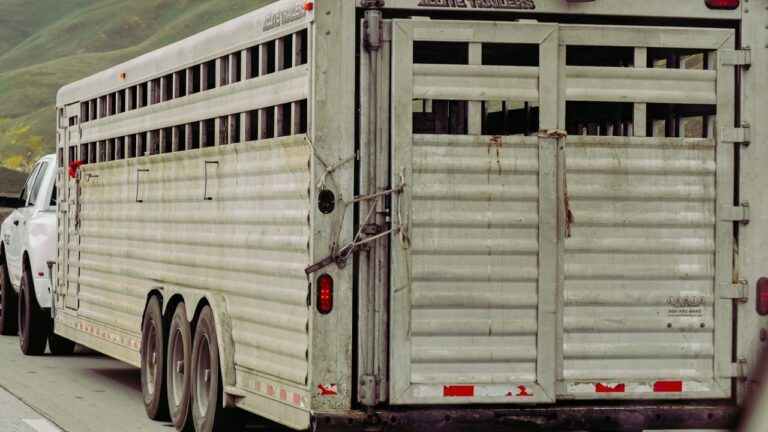10 Coop Fixes That’ll Save You Trouble Later
A little work up front can save you a lot of headaches when weather shifts or predators show up. Chicken coops wear down over time—doors swell, latches rust, and ventilation gets blocked. These aren’t things to wait on.
Doing a few small upgrades now can make daily chores easier and help you avoid damage, sickness, or escape attempts down the line.
Swap Screws for Lag Bolts at Stress Points

If you’ve got heavy doors or roosts attached with regular screws, they’ll start to loosen with use. Lag bolts hold up better in wood and keep hardware from wobbling or pulling out. Anywhere that sees pressure or movement should have something stronger than a deck screw.
Add Hardware Cloth Behind Vents

Predators can claw through chicken wire, especially if they smell chicks or feed. If you’ve got vents that use chicken wire or are wide open, line the inside with ¼-inch hardware cloth. It keeps the airflow strong while blocking snakes, weasels, and raccoons.
Replace Sliding Latches With Locking Ones

A lot of basic coop kits come with sliding bolt latches, but raccoons can figure those out. Upgrade to locking hasps or carabiner-style clips that actually require fingers to open. You don’t need to buy a padlock—just keep the mechanism beyond animal reach.
Create a Rain Guard Over the Door

If your coop door gets wet every time it rains, you’ll end up with swollen wood and stuck hinges. A small sloped cover or awning above the door helps shed water away and keeps the entry dry. Even a scrap piece of roofing or flashing makes a difference.
Install a Drop Cloth or Scraper at the Entrance

If your birds track in mud or wet bedding every day, install a little floor mat or scraper board near the entrance. It knocks loose some of the mess before they go inside, especially during rainy seasons. Keeps your bedding drier and stretches the time between full cleanouts.
Paint or Seal Exposed Wood

Any untreated wood will absorb moisture and start to rot. If your coop has bare plywood or framing showing, seal it up now before it gets soft. A coat of outdoor paint, stain, or clear sealer goes a long way toward adding years of use.
Check Roof Seams for Gaps

Leaks often come from where two roof panels meet or where fasteners start to loosen. Look for daylight along the seams, especially after a storm. Use roofing caulk or flashing tape to seal small gaps before water sneaks in and wrecks the bedding below.
Add a Wind Block for the Worst Side

If you live where cold wind comes from a certain direction, add a plywood panel or extra insulation to that wall of the coop. It keeps drafts off the roosting bar and helps hold warmth in without sealing the coop airtight.
Use a Slope or French Drain Around the Base

If water tends to pool around your coop after it rains, create a slight slope or install a basic French drain using gravel and pipe. It’ll direct water away from the structure and keep the floor from staying damp or developing rot underneath.
Mount Waterers Off the Ground

Hanging or raised waterers stay cleaner longer and prevent bedding from getting soaked. Use a couple of bricks, a cinder block, or hang them from a chain or hook. It cuts down on spills, keeps algae from forming so fast, and makes daily checks faster.
*This article was developed with AI-powered tools and has been carefully reviewed by our editors.







